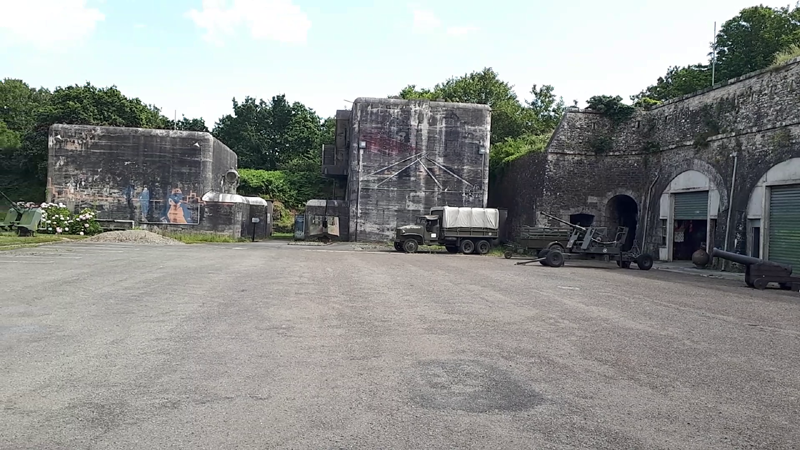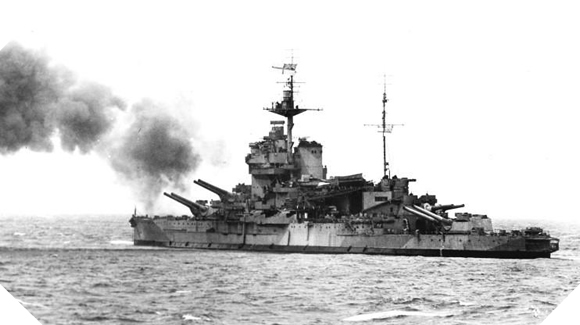Link to video on this subject https://youtu.be/9VDFV67m5dc
After the call of the 18th June in 1940 made by DeGaulle over the BBC, many Frenchmen went to join him and the free French army. Some left from this bay just North of Brest.
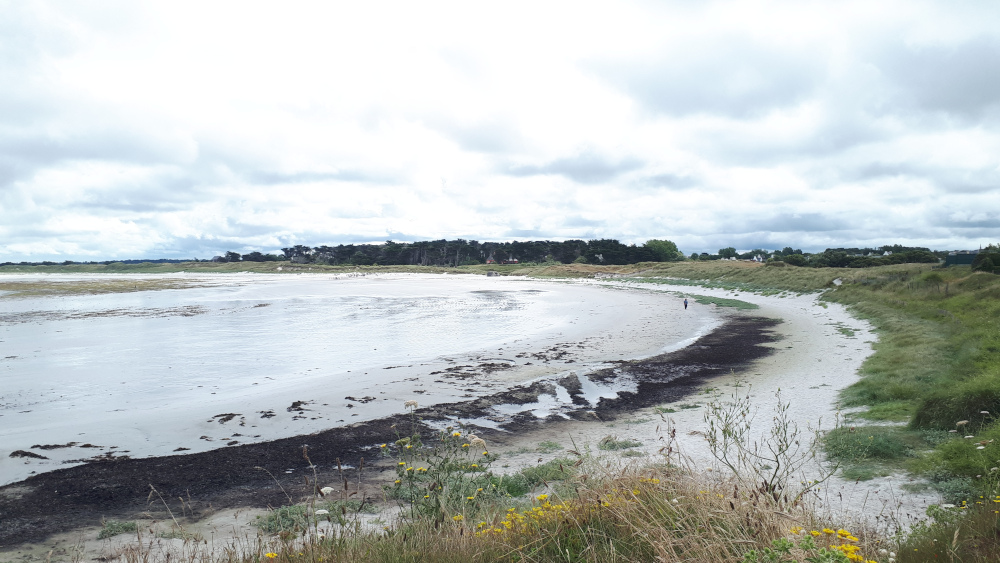
The Atlantic wall spread from the top of Norway to the Spanish border, so it passed by here. Not as concentrated as Normandy but still some vestiges.
The battle for Europe was a question of stop and go.
After gaining a foothold on the continent, the allies were held up for 6 weeks. Then , after operation Cobra, Pattons men leaped South then West from Brittany.
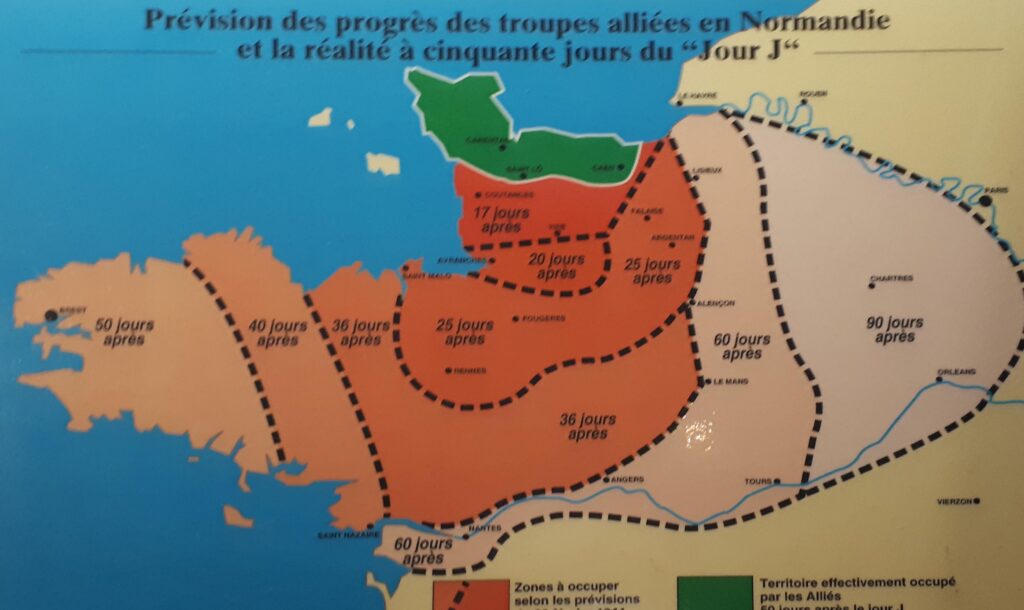
Bringing supplies in had always been a great concern for the allies. Logistics is everything in war.
One reason the D-day landing zone was chosen was because it had no large ports, so was less well defended than the port areas.
As a stop gap, two Mulberry harbours were built. One at Gold beach and one at Omaha beach. Cherbourg was planned to be taken in 10 days but took 3 weeks, and General Von Shchleiben destroyed the port facilities before surrendering.
The two Mulberries had been built in 10 days and then a storm destroyed the harbour at Omaha beach. The Americans carried on unloading supplies onto the beach by using LSTs.
By the end of September, the allies would have 37 divisions on the continent and need 26,000 tons of supplies a day.
As the Americans advanced into Brittany, the german troops retreated to the fortified ports such as St Nazaire, Lorient, and Brest.
Patton had ordered his 6th Armored Division to rush ahead and capture Brest, hoping that a lightning strike would find the Germans unprepared. This bid failed, and as the Americans reached the outer defensive lines on August 7 they found them far too formidable to penetrate.
This led to a little known massacre not carried out by the SS but the Wehrmacht.
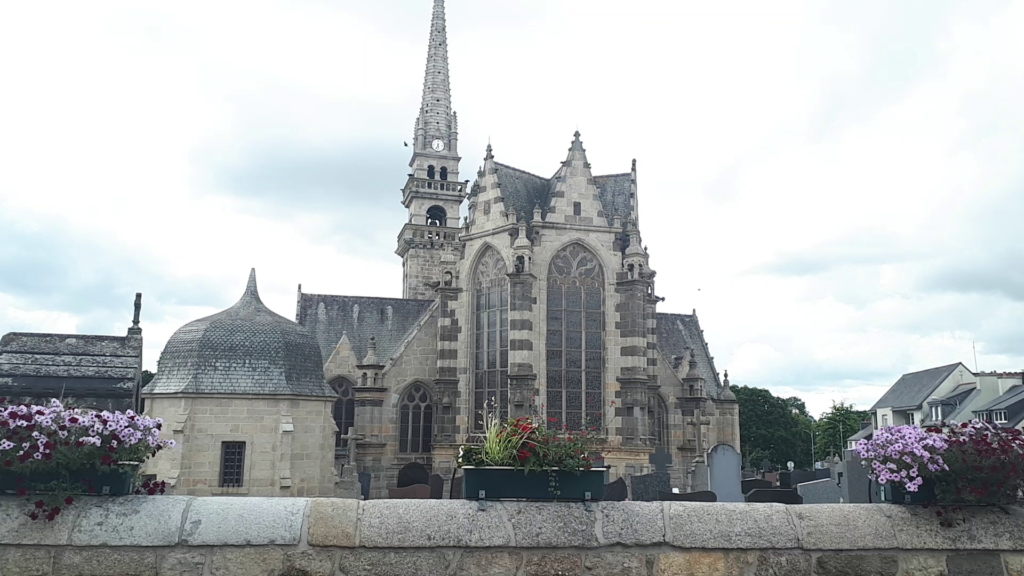
The Germans could see the approaching American tanks at Plabenec, from the church in Gouesnou. The resistance attacked the church killing a German soldier and wounding two others.
The German troops called up reinforcements. A curfew was ordered. Even looking out the window was forbidden. Sebastian Le Ven was shot whilst trying to see what was happening.
The Germans then round up everybody in the town that they can find and after a fifteen minute march to Penguerec, they execute all 40 of them including 4 women. They then set fire to the bodies.
This monument has been set up at the site of this massacre.
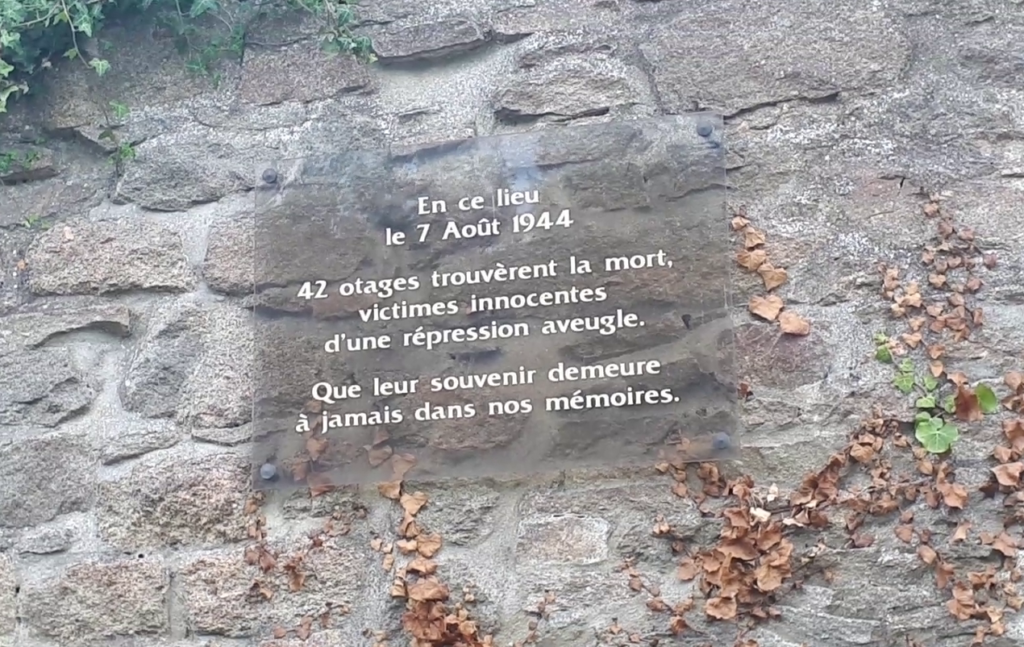
Gen Troy Middleton was now tasked with taking the VIII corps to take Brest and keep the german troops in Brittany away from the Falaise pocket. He had the 8th , 2nd and 29th divisions under his command.
At Brest he had the 2nd on the left, in the East, the 8th in the center and the 29th on the right, in the West.
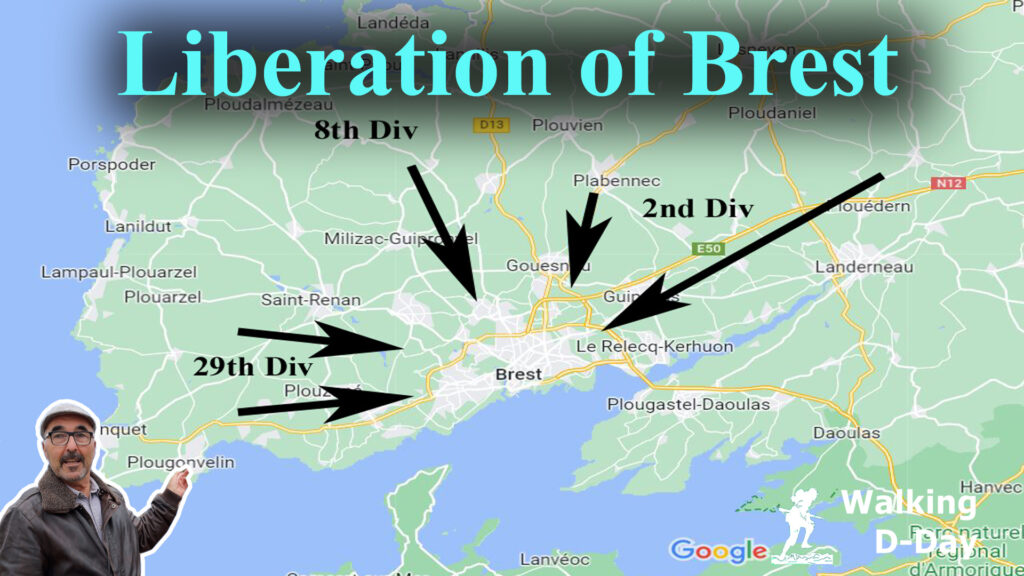
The next two weeks passed slowly as American forces slowly encircled the city and the Germans further improved their defenses. The Americans bombed and fired on the city with artillery.
So as not to have to feed all the population of Brest, the Germans forced everybody out, but 2000 stayed in the town.
Festung Brest had been put under the command of General Ramcke, of the 2nd parachute division. he also had the 266th and 343rd infantry divisions under his command. There were also submarine and battleship crews. 40,000 men in total.
American infantrymen found the German defenses incredibly difficult to crack, and the fighting was brutal. Far from lying supine in their defenses, the Germans struck back ferociously wherever possible. Sergeant John McVeigh, a native of Philadelphia and draftee with the 2nd Division’s 23rd Infantry Regiment, fought for three days before his platoon took up positions behind a hedge just after dusk on August 29. Before the Americans had time to dig in, German infantry suddenly counterattacked and came close to overrunning the position. Rallying his men, McVeigh stood up in view of the enemy and directed accurate fire against them. Then, drawing a knife, he charged the attacking Germans, killing one of them before the enemy shot him down. McVeigh’s action gave his men time to reorganize and hold off the enemy attack, and earned him a posthumous Medal of Honour.
Heavy casualties soon forced Middleton to shift from all-out assaults on the German positions to small but intense bite-and-hold operations, in which infantry took out one strongpoint at a time and then held on grimly against German counterattacks. In fighting reminiscent of island combat against the Japanese in the Pacific, American infantry used flamethrowers, satchel charges, and concentrated small-arms fire to move slowly from point to point. Unfortunately, rain and fog limited airstrikes, and Middleton’s artillery began running out of ammunition. Soon days turned into weeks as American forces crept closer to the beleaguered city.
In early September Eisenhower ordered the maximum number of aircraft possible to be used in the assault.
On September 8, after carefully marshaling his troops and supplies, Middleton launched his divisions in a coordinated assault that ended with the American infantry surging into the streets of Brest
As the fighting intensified, American engineers worked to clear minefields and blow up strongpoints one at a time. Fifteen British “Crocodiles”—Churchill tanks equipped with flamethrowers—were brought in to scorch the inner German fortifications.
One of the last bastions of resistance was Fort Montbarey. It was built by the French as part of a defense belt around Brest, against the English. On the 14th September, a group of German paratroopers retreated onto the fort and pulled up the draw bridge. It was bombed and fired on by artillery and even ships, but they held out 4 days.
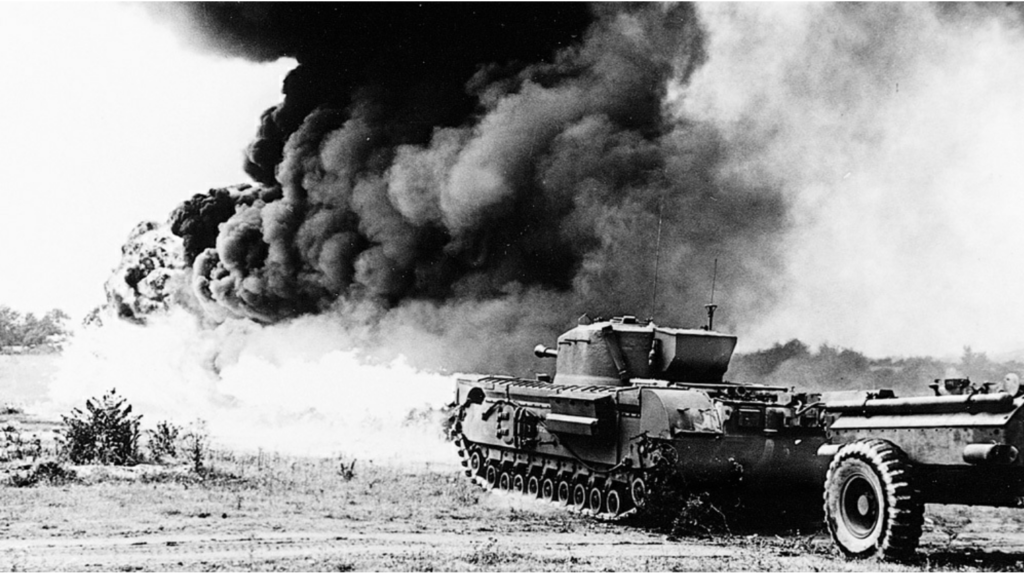
To overcome the resistance at Fort Montbarey, the Americans called on the british 79th armoured and their flame throwing Crocodile tanks. These fearsome machine finally overcame the resistance.
There was a tragedy within a tragedy.
After the town had been bombed by the English early in the war, the town dug air raid shelters. The Sadi Carnot shelter was 30 M below ground level, and could hold 2000 people. The Germans had commandered part of it to stock fuel and ammunition. During the night of the 8th Septemeber some German soldiers started brawling and the fuel caught fire setting off the ammunition. Of the 400 civilians in the shelter only about 30 managed to escape.
Finally, the inner city garrison surrendered on September 18. General Ramcke, having symbolically fired the last shell from an artillery piece, surrendered on September 19.
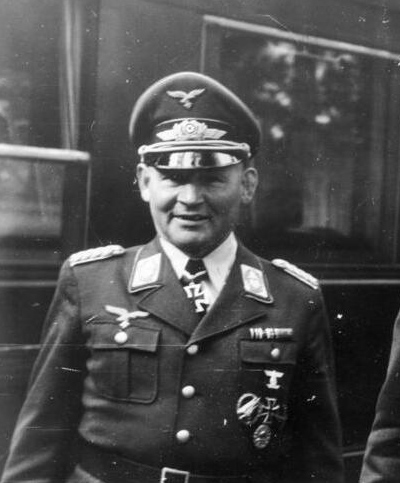
The German surrender conditions asked that the Americans protect them from french terrorists, or the resistance.
At the cost of almost 10,000 casualties, the Americans had killed or captured the entire German garrison. But Brest, along with its harbor facilities, was utterly destroyed.
General Ramcke had set up his command post at Fort des Capucins, the other side of the water. On the 19th September, General Canham of the 8th division, was there to accept Ramcke’s surrender. Ramcke, being of a higher rank, asked what his credentials were. Canham pointed to his men and said “These are my credentials”. That has now become their moto.
Some of the ports in Brittany didn’t surrender till the day after the German capitulation on the 8th of May..
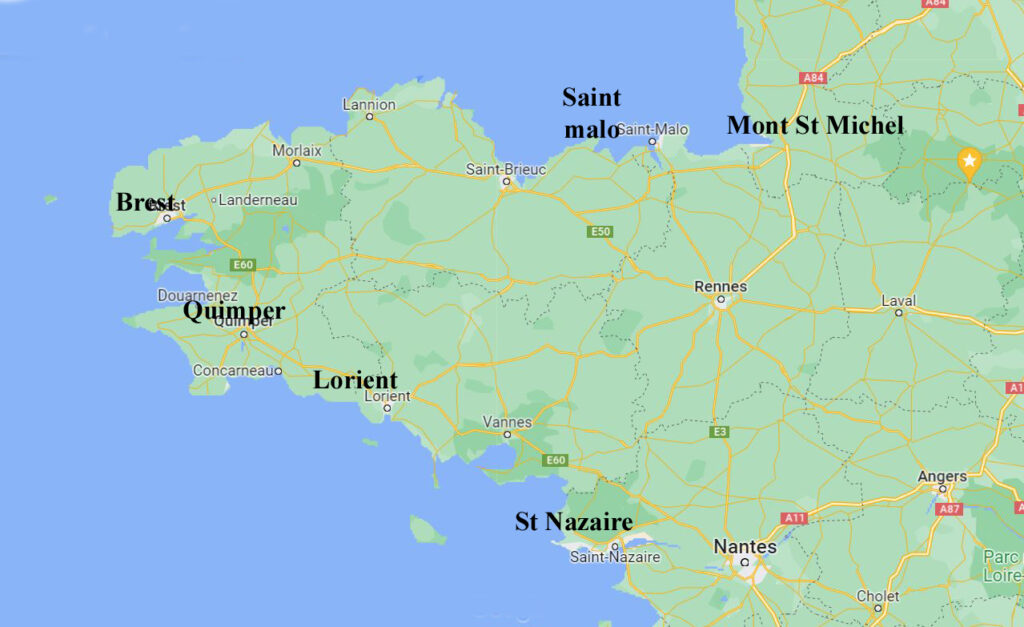
Brest gook 20 years to rebuild.
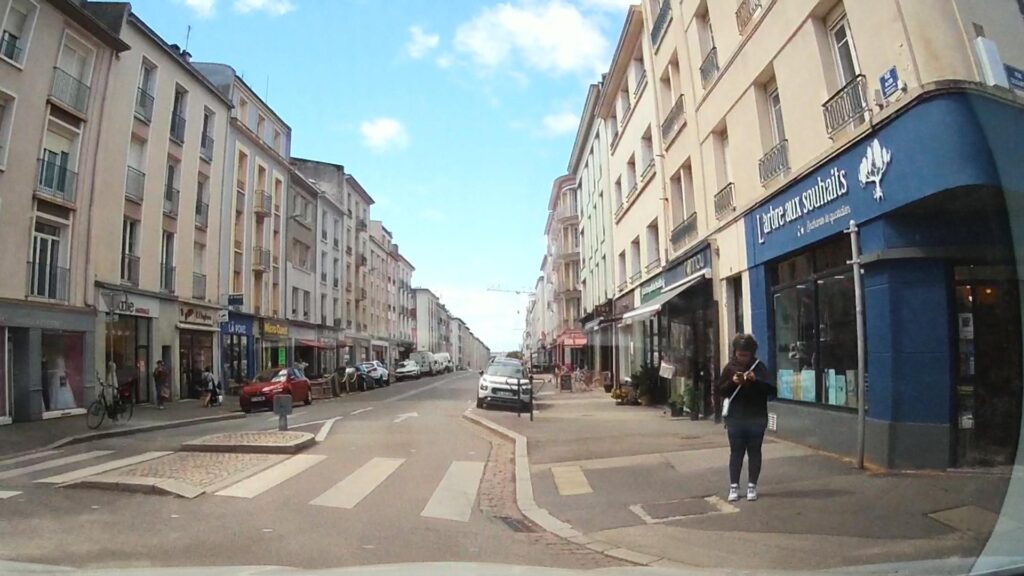
These concrete bunkers in Fort Montbarey, weren’t built by the Germans but by the French army during the cold war. The fort used to be a U shape but HMS Warspite knocked that bit down during the siege.
